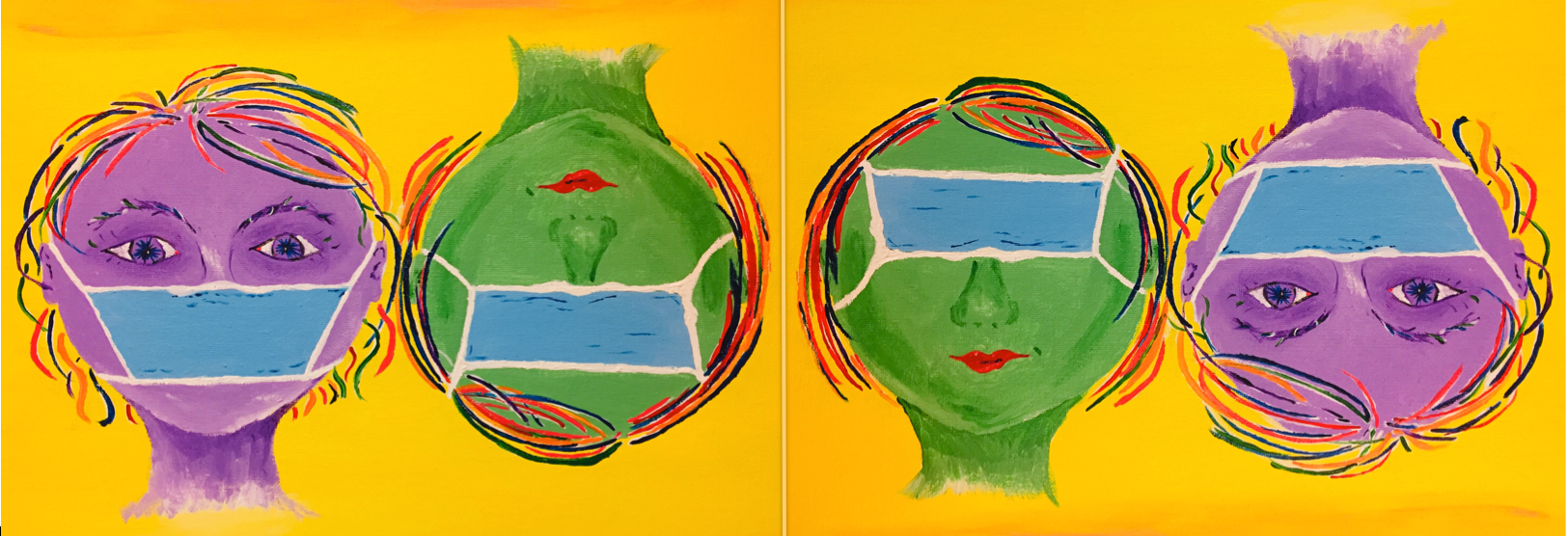It feels odd to have family members in the hospital regularly again. My patient’s wife approaches cautiously; for a second I pretend not to see her. She looks like she wants to talk and I’m afraid she wants good news I can’t give, promises I can’t make, and time I don’t feel like I have. She wants time to tell me her loved one’s stories.
Part of me wants to run, but I don’t. My feet are planted and I am now in the conversation. I keep eye contact, but my wandering mind is distracted. As I look across the unit, there are sick strangers in every room. These rooms are also filled with the memories of the patients I have taken care of over the past two years. Right now, the patient’s wife is describing a detailed story of how she was lost late at night after dropping off her cirrhotic, bleeding husband in the emergency department. She drove around in the dark until she found a good Samaritan to help her with directions.
While I nod along with her story, I see the room of another liver patient, whom I took care of pre-pandemic, during my first weekend in the hospital as the sole intern. He had multi-organ failure and was bordering on the need for intubation. I remember sitting in front of his room late at night, watching him belly-breathe, hoping I was doing the right things and terrified that he would cease breathing. That night I walked home from the hospital in the dark, feeling confused and alone. In a way it was ironic, as I would see so many more cases of respiratory failure over the months to come.
Next door, I see the room which belonged to my first COVID patient during our city’s initial wave of the pandemic. I remember going into that room in the dark of morning, fear gripping me, hoping I had my personal protective equipment (PPE) on correctly. The stifling musk of a reused N95 is terrifying, yet comforting simultaneously. I never saw that patient’s face because he was positioned prone for the duration of time that I knew him. He was supported by pressors, paralyzed and kept unalert by maximally-dosed sedation. Lines and tubes invaded every orifice. I remember telling his wife and 13-year-old son over a video call that there was nothing medically left to try, later informing them that their loved one had died. The following day, in the next room over, it was a similar story. This time I broke the news to another young wife and four kids. I’ve since repeated this cycle many times over.
I am brought to the present by commotion across the unit. I wonder what is going on and if help is needed. I flash back to a memory of a patient in that same room who suddenly coded, leaving me tasked with performing compressions in full PPE. In many ways the rooms blur together, along with the days and nights and even the patients themselves. The past is filled with confluent memories. Meanwhile, the present is filled with questions, fear and often hope.
The patient’s wife finishes telling her story. She has hope for her husband today, while he lays in bed intubated and sedated. However, fear of what might happen to him is reflected in her eyes and etched across her face. Our team says goodbye, and as we walk away, an attending points out that the wife’s story of being lost at night is a metaphor for how lost the patient’s wife feels right now. Shame washes over me. I did not consciously make that connection during the conversation. I was too distracted, looking to escape from these rooms filled with heartbreaking stories.
Later, the conversation weighs on my mind, but I am excited to have finally made my end-of-shift escape from the hospital early enough to go for a run. Many people are outside, several without masks. They are relieved to have the pandemic falsely in the past. My feet rhythmically move me forward. However, the pandemic doesn’t feel so remote. I feel grateful as I take a deep breath and my mind wanders again, back to those rooms full of people who cannot take a similar deep breath. The thumping of my feet carries on to the tune of one-one thousand, two-one thousand, three-one thousand against the unforgiving asphalt.
For days, weeks, and months I continue to go back to the hospital. The blur is constant. New rooms, new patients, new families, new stories, new interns and new students. Many are feeling lost, looking for someone to hear their stories of fear and hope. Among other things, they are looking for compassion, time and guidance. The road is long and unknown, but at least now I know some of the turns. I teach everything I have learned to those pursuing a career in medicine, including that at times the path will seem to disappear. I counsel patients to protect themselves, “Stay up to date with screening, take your prescribed medications, please obtain your vaccine.” Many respond by proudly producing a vaccination certificate. However, many also hesitate, expressing questions and fear. Meanwhile, waves of the pandemic ripple across the world with unpredictable turbulence. The virus is upturning lives in millions of ways, amidst a background of other relentless infirmities. The road is unique for each person, paralleled with various dangers, leading to a future yet unrealized. I hope I can continue learning and using my experience to be a good Samaritan for others when they are lost in the dark of night.
Image credit: Acrylic artwork painted by the author, entitled “Perspective.”

